Designs emerge as landowner seeks to rebuild North Docklands plot
Proposals by Snook Architects for the redevelopment of a plot on Lightbody Street show the potential for new homes and a hotel, capitalising on Liverpool City Council’s emerging plans for a creative district at nearby Ten Streets.
Snook was commissioned to deliver a feasibility study for the 75,000 sq ft site at 4-6 Lightbody Street by owner Jackie Caddick, who plans to relocate her Water Witch boat-building business to be closer to a road network.
The landowner has had “productive talks with Liverpool City Council” about the proposals for the canalside plot, according to architect Neil Dawson, and GVA has been appointed to market the site to developers.
The colourful designs show the potential to build four blocks, and open up access to the canal. Three buildings have been designated residential and total 144 apartments, while the fourth could become a hotel.
- Current Water Witch warehouses
- Proposals for four new blocks and canal access
The scheme includes rooftop uses, such as a restaurant on top of the hotel, and a heated pool, gym and garden with allotments.
Lightbody Street sits within the North Docklands area of the city, and the proposals seek to take advantage of the area’s status as the council’s next target area for regeneration.
On the other side of Great Howard Street, the council recently launched a consultation into the future of Ten Streets, a 125-acre stretch of land from the northern edge of the city centre to the vast Tobacco warehouse at Stanley Dock being converted into flats by Harcourt Developments.
While there are no detailed proposals, the council is putting together a masterplan to renovate the warehouses at Ten Streets into a district focused on the “creative economy”. The council has described Ten Streets as an ideal location for creative and digital businesses, and said it hopes to blend historic buildings with new schemes, with the successful Baltic Triangle referenced as an exemplar.
Many creative businesses are already established within Ten Streets and warehouses in the surrounding area. The comparison to Baltic has led to concern from tenants that attempting to recreate the tech-led success of the Baltic area would be a missed opportunity. A formerly thriving industrial area, Ten Streets has historically been home to manufacturers.
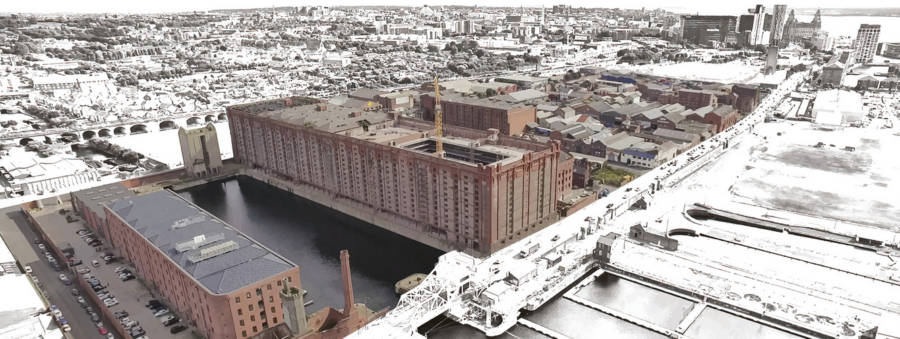
Ten Streets regeneration area
Erika Rushton is chair of the board of Baltic Creative, but is based in Make Liverpool, a workshop space at Ten Streets.
“It would be misleading to think that Ten Streets is going to be another Baltic Creative, it’s a very different area with a very different set of skills. The area is about making and fabricating, and working with manufacturers.”
When asked whether her fellow tenants were nervous about being priced out of the area, or moved out by opportunistic landlords, Rushton said: “Announcements around regeneration always impact on property values, which results in an anxiety that people could be shifted out, but we haven’t experienced that yet. It’s important that businesses on the ground be the ones to take places forward. There’s a huge opportunity here to make the most of the manufacturing skills, and it would be a shame to miss that for the sake of creating another Baltic Creative.”
Music and arts venue The Kazimier moved to Ten Streets last year after its former Wolstenholme Square home was closed to make way for a residential development by Elliot Group.
Liam Naughton, Kazimier’s managing director, took the relocation as an opportunity to expand, and now operates Invisible Wind Factory in what was formerly a derelict warehouse on Dock Road, next to studio and workshop Make Liverpool.
According to Naughton, the creatives who have set up shop in Ten Streets remain committed to the area, and plan to be involved as much as possible in the consultation process in order to establish a district with a different offer to Baltic.
“The Baltic and Ten Streets areas are not comparable; the needs of a creative digital person are not the same as a creative artist,” Naughton said.
“People moved out of Baltic as it was no longer good value for money for artists, and were encouraged into Ten Streets, which is still the Wild West in a lot of ways, a patch of the city where old industries have been left forever. Companies have been making ships and mechanical gear here for decades, and it would be good if that could stay a constant, and Ten Streets remains somewhere where things will always be made.”


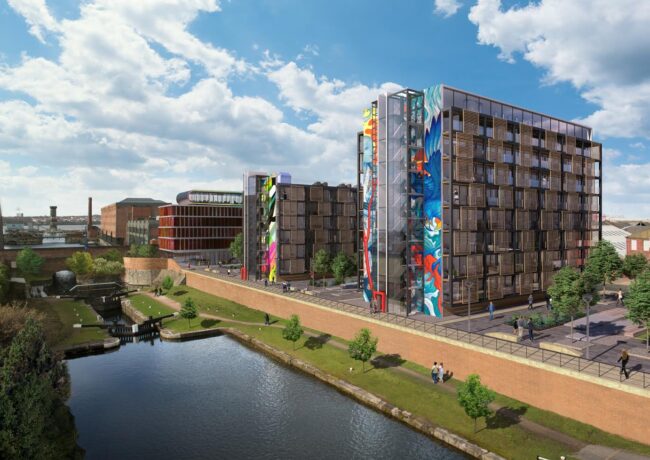
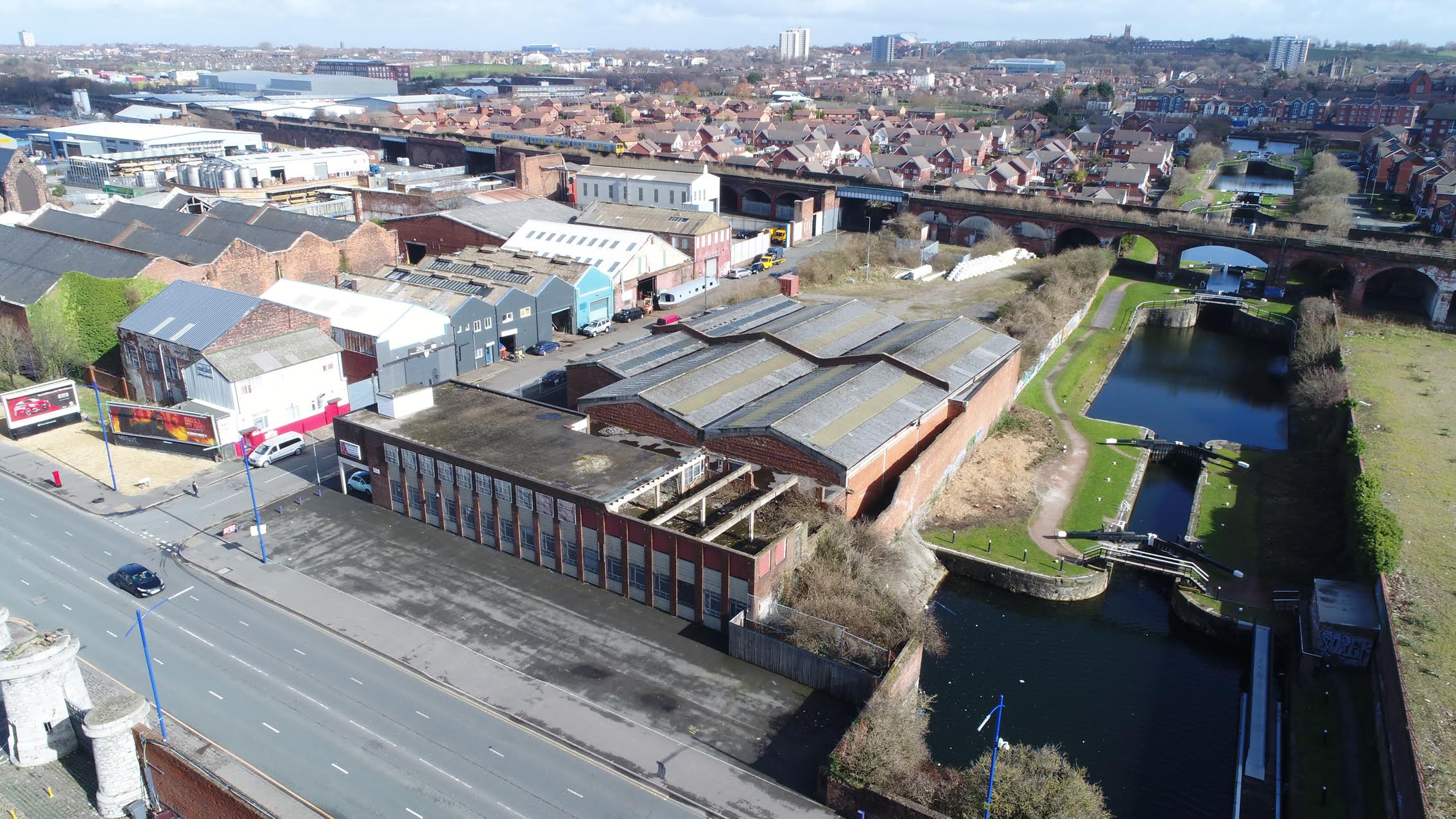
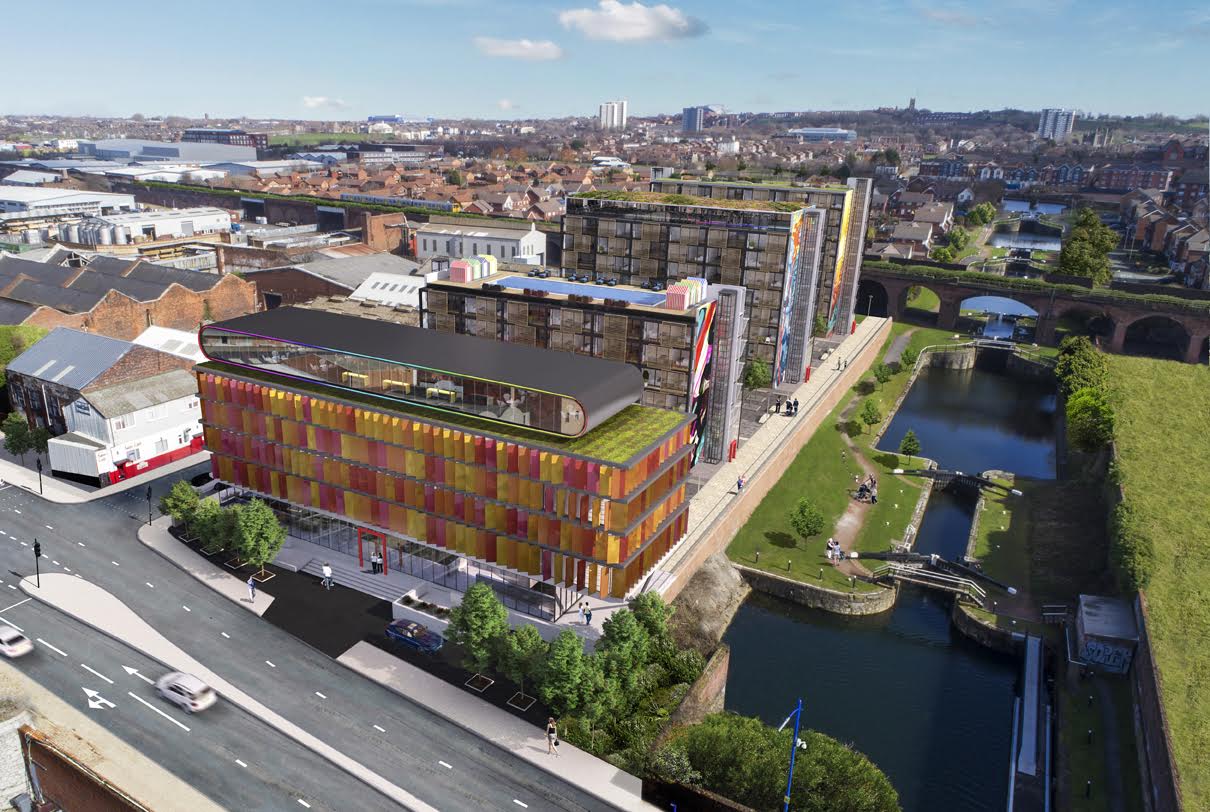
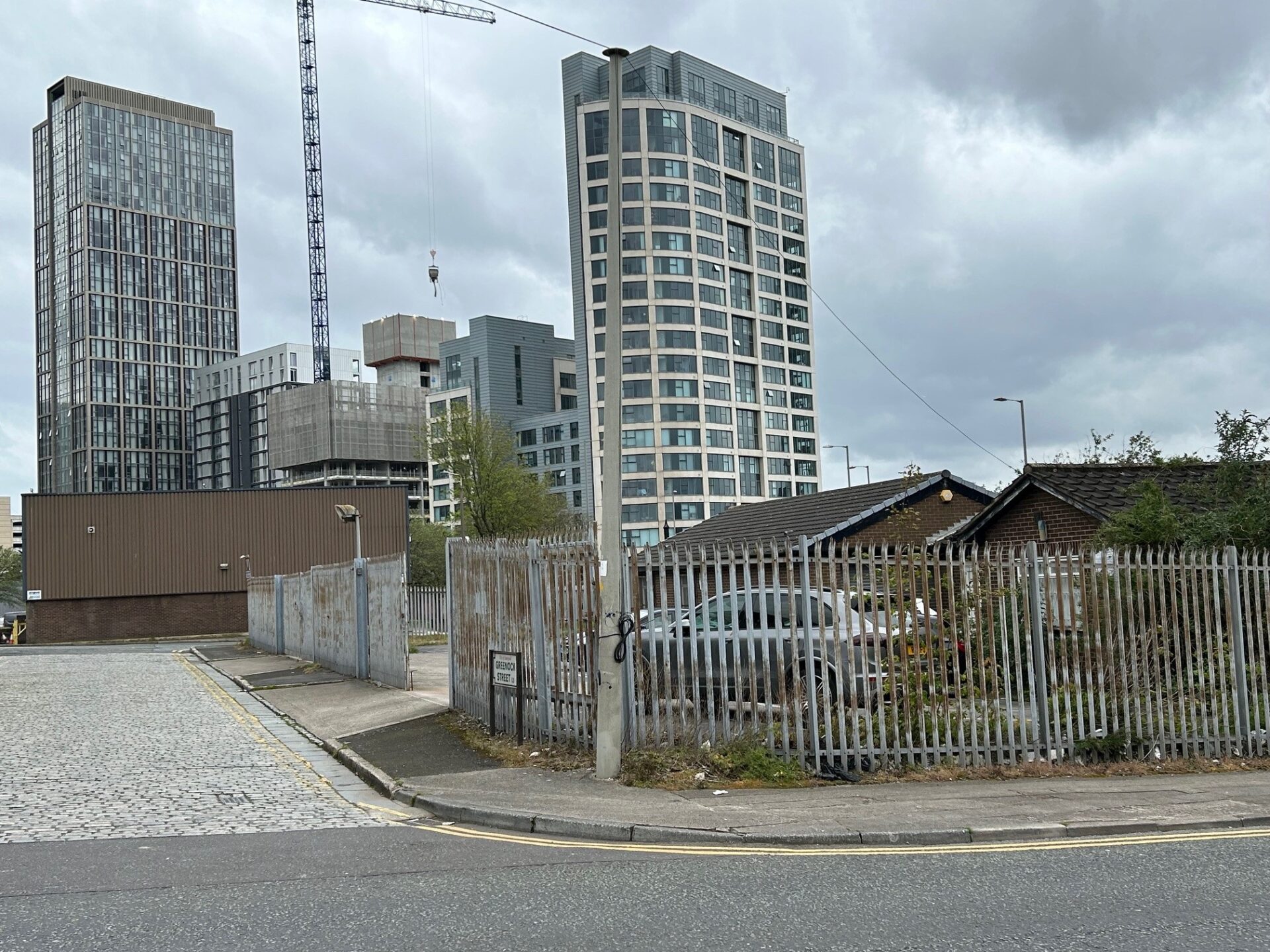
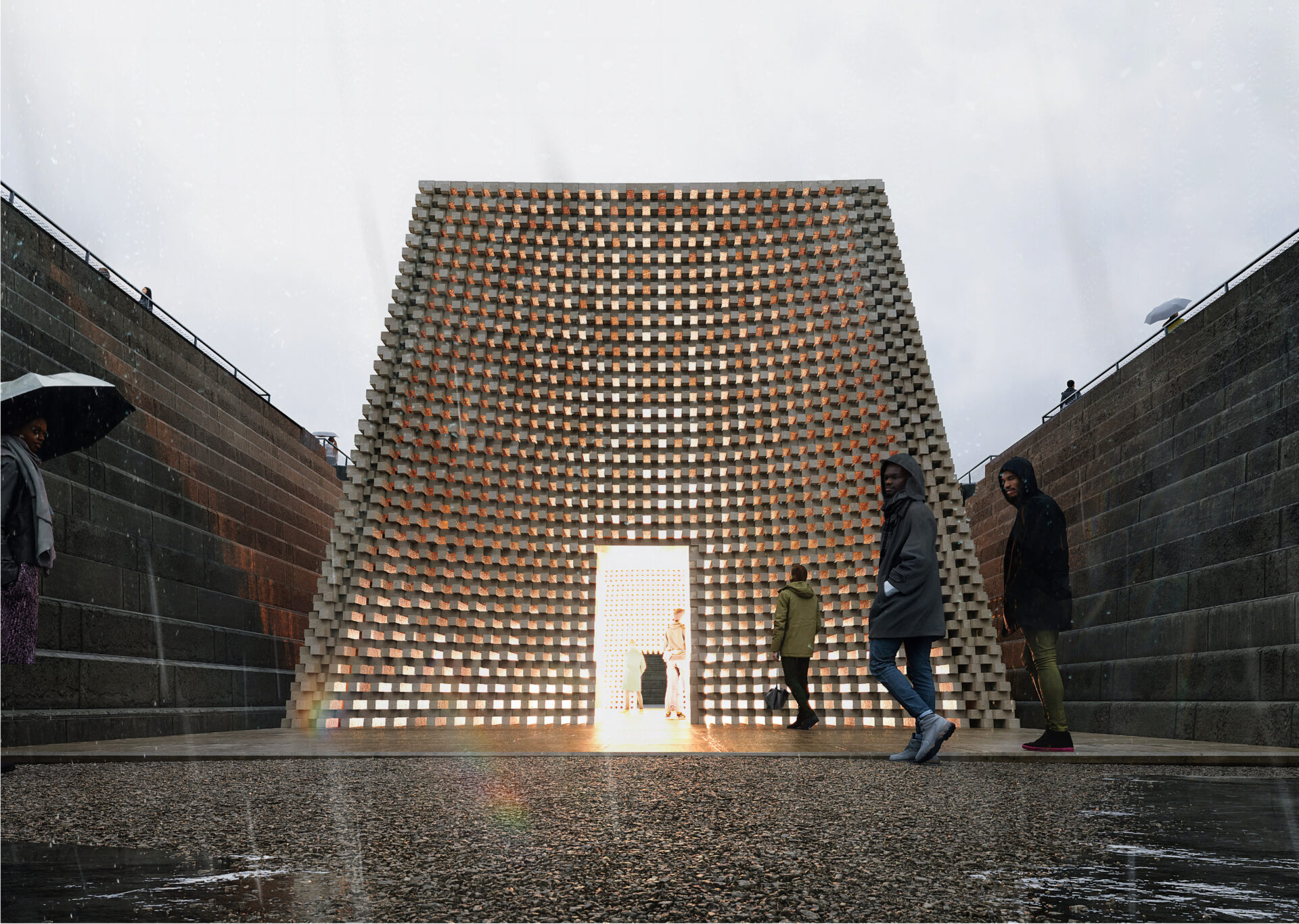
Striking a balance between the traditional industries and targeted regeneration would truly make this area a unique opportunity. I hope this all materialises. It’s North Liverpool’s time.
By Anon
Good to see new developments and proposals for the North end and beyond it’s a sign of great faith in the area.
By Man on bicycle
This area is going to boom in the next decade.
By John.
I doubt that John, these plans are more hopeful than anything.
By ohm
Maybe hopeful, but at last people are showing ambition and aspirations for the area, let us hope we are pleasantly surprised?
By Man on bicycle